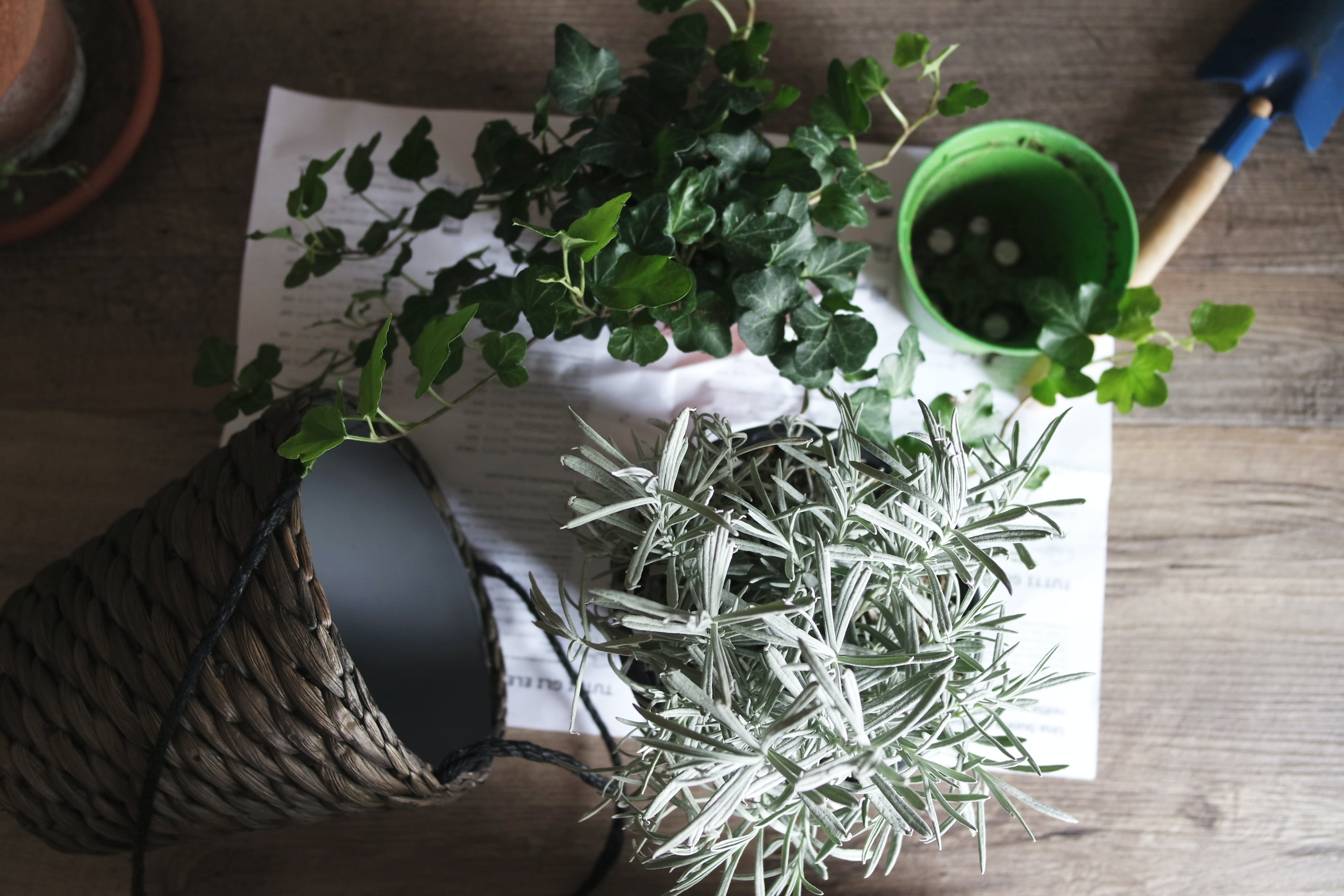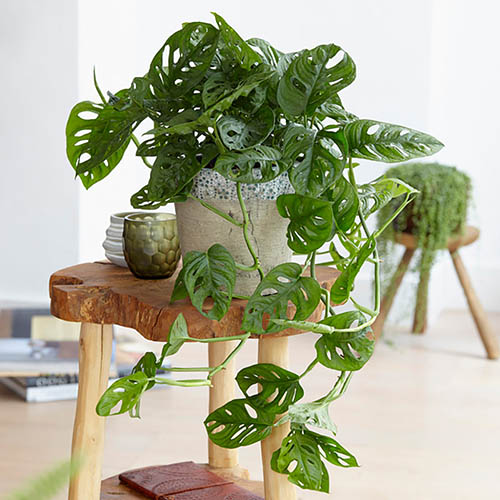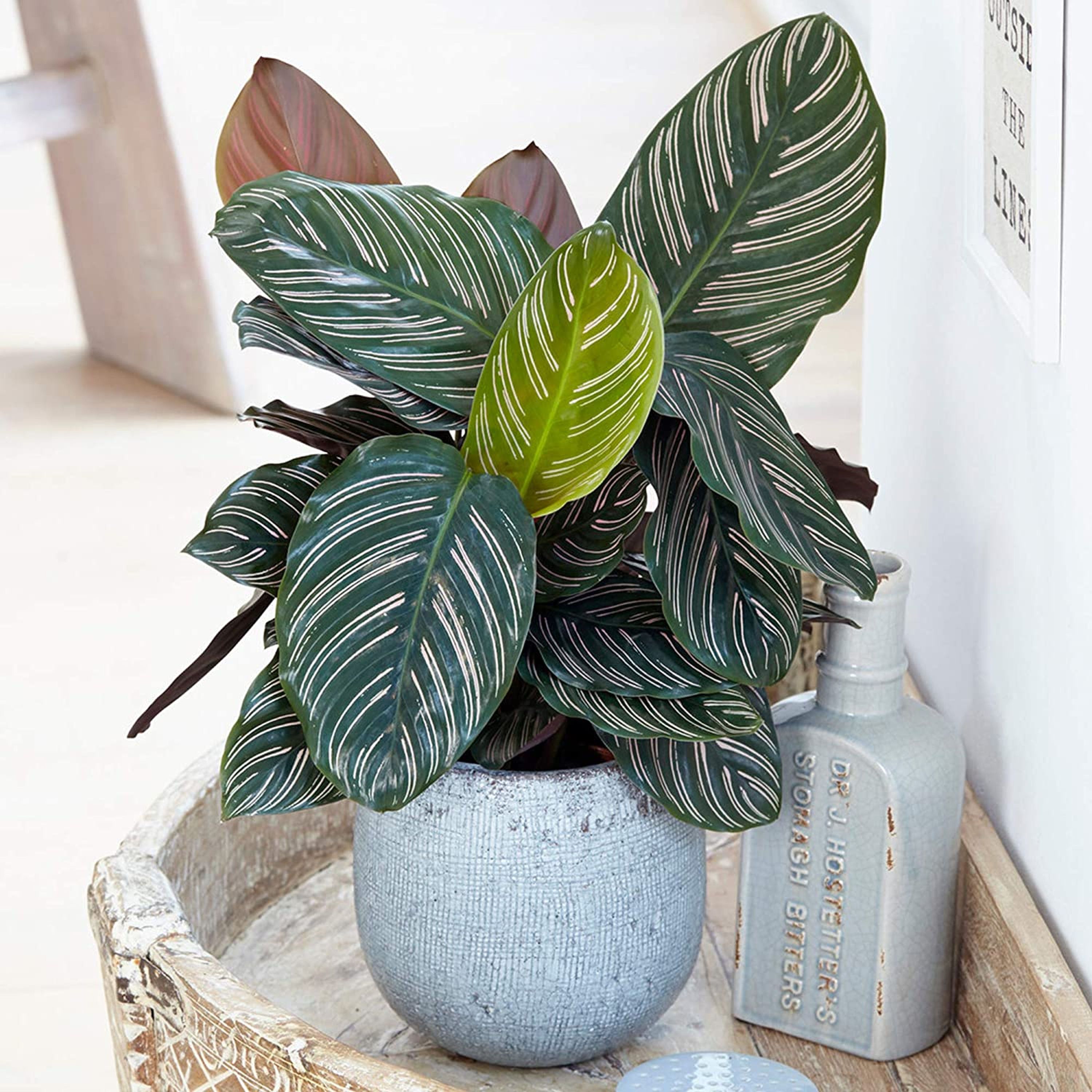How to repot a plant: do this regularly, and your plants will live longer
Learn how to repot a plant and enjoy your perennials for many years to come

Learning how to repot a plant is crucial to improving its health and longevity, whether you're repotting a plant you've just bought or one you've had in your garden or house for many years. Most plants need repotting into larger containers every couple of years to give their roots optimal room for development and to renew the supply of vital nutrients that your plant will have worked through in its existing potting mix.
So whether you're repotting indoor or outdoor plants, keep reading for how to do it right. And if you're in need of more inspiration on how to make the most of your house plants, head over to our indoor plant ideas feature for the best ways to display your favourite plant babies.
1. Choose the best pot

Choosing a pot is essential to getting good results from repotting. As a rule, always choose a pot about a third larger in size than the one the plant is currently in. If you know you have a plant that will grow large quickly, you may choose a plant that's twice the current size so that you don't have to repot too often.
If it's a garden plant you're repotting, it's absolutely crucial you go for a proper plant with a drainage hole not a planter, or your plant will almost certainly get waterlogged and die during the wet autumn-winter months. Glazed terracotta pots are still the best material for pots, with many made frostproof.
If you're repotting an indoor plant, you can pot it into a planter, but then it's a good idea to line the bottom of the planter with horticultural pebbles to prevent water from sitting at the bottom.
2. Select the optimal soil mix
This will very much depend on the type and age of your plant. Garden container plants do very well in John Innes compost mixes – choose no. 2 for young plants and no. 3 if you're repotting a mature plant.
Indoors, it's best to use a house plant potting mix or cactus mix if you're dealing with plants that don't like too much water such as succulents. At any rate, all house plants dislike heavy, compact soil, so it's always a good idea to add a handful of vermiculite to the potting mix.
Our guide on how to grow succulents has more top tips on caring for these on-trend plants.
3. Choose the correct timing for repotting

This doesn't matter so much for indoor plants because most of them are tropical evergreens and won't really mind being repotted at whatever time of year, provided that conditions indoors (temperature and humidity) are consistent throughout the year.
When repotting outdoor plants, you do need to follow their natural seasonal cycle. If they bloom in summer, repot in spring as the new growth begins. If they're winter-flowering, repot them in mid- to late-autumn.
4. How to repot a plant step by step

1. Prepare your compost – make sure you have enough to fill the whole pot. It's better to have too much rather than too little.
2. Fill the pot with fresh compost up to one third of the pot – a bit more if your plant is considerably smaller than the pot.
3. Take the plant out of its existing pot. It's easier to do this if the plant is completely dry. If the plant has become root bound, you may need to cut open the plastic pot it come with, but do this carefully to prevent damaging the roots. If a plant is root bound in a terracotta pot, gently push it out with your finger through the drainage hole.
4. Water the soil in the new pot.
5. Position your plant in the centre of its new pot. If the plant is not level with the pot edges, add a bit more soil to the bottom. Now fill in the gaps at the sides. Fill in generously so that the plant doesn't wobble in its new position, but don't cram in too much to avoid compacting.
6. Once you've finished, water the pot generously.
Want to make your own compost for repotting your garden plants? Head over to our feature on how to compost for a step-by-step guide.
5. Caring for your newly repotted plants

Some delicate plants may temporarily go into shock after being replanted – you may see some wilting or leaves dropping. This is normal for the first week or so after potting up, but if the problems persist, you may have chosen an incorrect soil mix, or the positioning of your plant is incorrect – try moving it to a brighter spot and read up on your plant's specific needs to see if anything is lacking.
Anna writes about interior design and gardening. Her work has appeared in Homes & Gardens, Livingetc, and many other publications. She is an experienced outdoor and indoor gardener and has a passion for growing roses and Japanese maples in her outside space.
